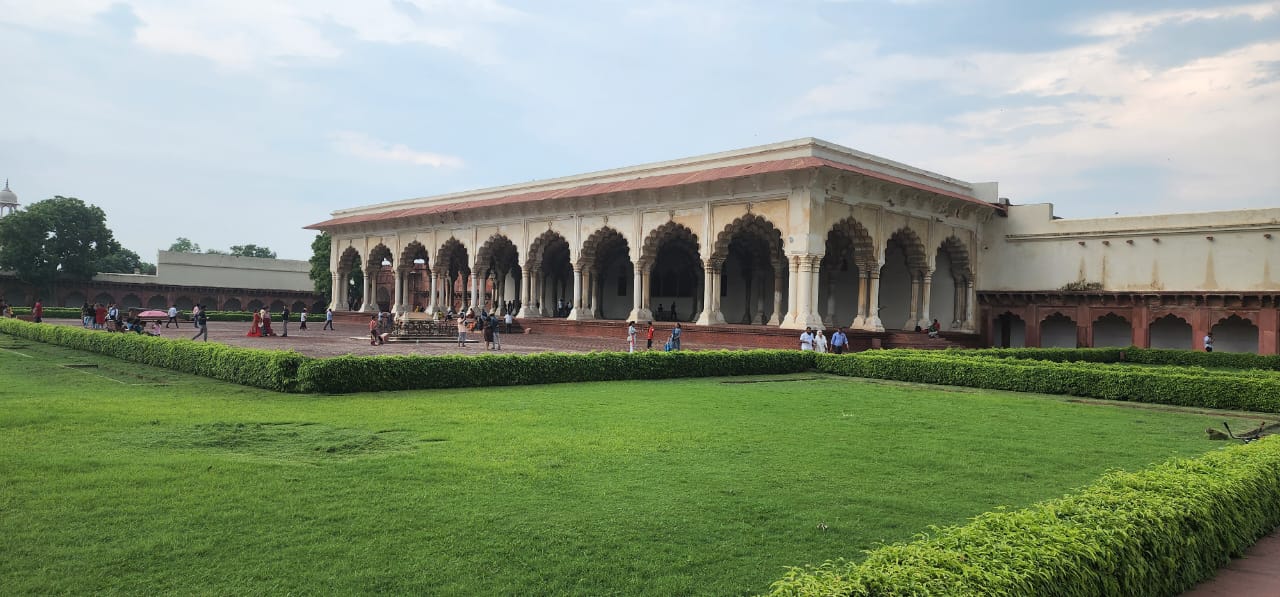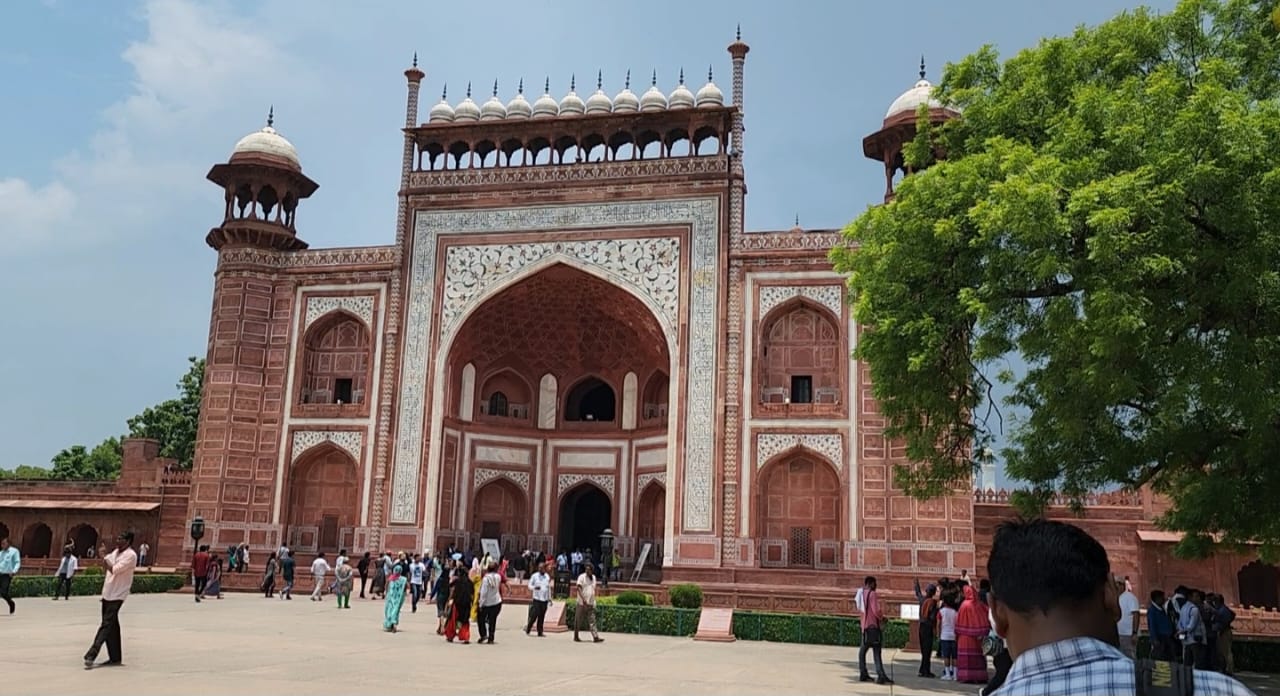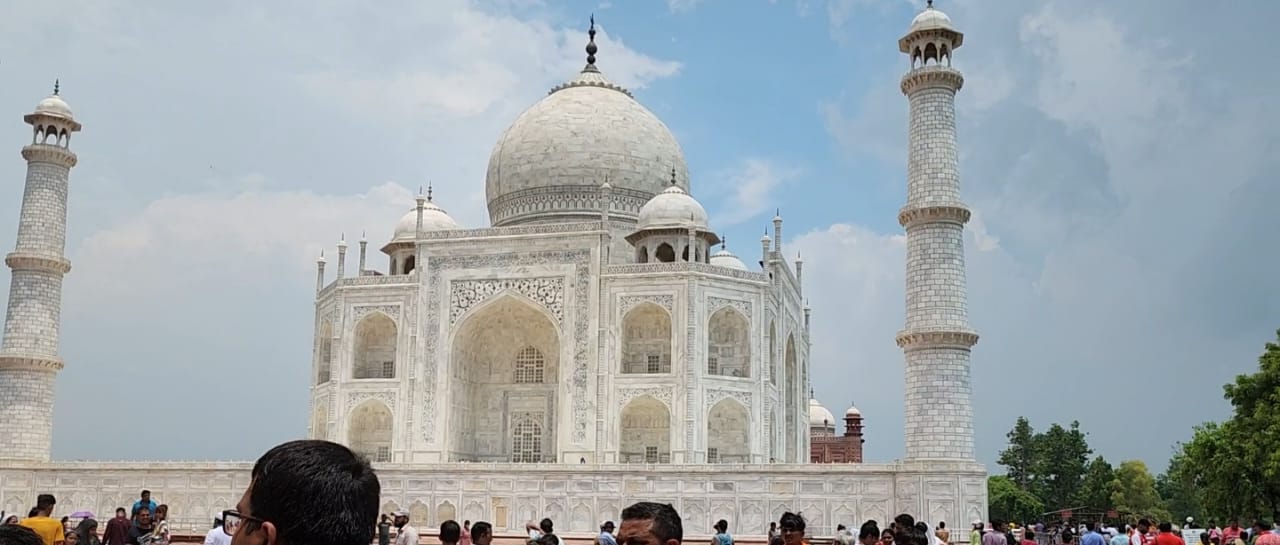Agra, a city nestled on the banks of the Yamuna River in northern India, is one of the most historically and culturally significant destinations in the world. Known primarily for the breathtaking Taj Mahal, Agra boasts a rich tapestry of Mughal architecture, vibrant traditions, and a deep-rooted cultural heritage that has stood the test of time.
Agra’s history dates back to the 16th century, when it became the capital of the Mughal Empire under Emperor Akbar. Over the years, it flourished as a center of art, culture, and commerce, attracting scholars, artists, and artisans from across the world. The Mughals, known for their architectural genius and love for luxury, left an indelible mark on the city, and their influence continues to define Agra’s culture to this day.
Without a doubt, the Taj Mahal is the most iconic symbol of Agra and one of the Seven Wonders of the World. This majestic white marble mausoleum, built by Emperor Shah Jahan in memory of his beloved wife Mumtaz Mahal, is not just an architectural marvel but also a symbol of eternal love. The intricate carvings, the symmetrical gardens, and the stunning reflections in the water bodies all contribute to the Taj Mahal's ethereal beauty. Visitors from all over the globe flock to Agra to witness the splendor of this UNESCO World Heritage Site, making it a central part of Agra's cultural identity.
The Taj Mahal is not just a tourist attraction; it is an integral part of the local culture. The artisans who once worked on its construction have passed down their skills to future generations, and their craftsmanship is still evident in the marble inlay work seen throughout the city. Local artisans continue to create exquisite replicas of the Taj Mahal and other Mughal-inspired art pieces, keeping the rich artistic heritage alive.
Beyond the Taj Mahal, Agra is home to several other architectural marvels from the Mughal era, such as the Agra Fort and Fatehpur Sikri, each contributing to the city’s cultural landscape.
The Agra Fort, a UNESCO World Heritage Site, is a majestic red sandstone fortress that once served as the seat of the Mughal Empire. The fort’s stunning palaces, mosques, and gardens showcase the sophisticated artistry of Mughal architecture, with intricate carvings and decorative tile work adorning its structures. The fort’s expansive courtyards, including the Jahangir Mahal and the Diwan-i-Khas, offer a glimpse into the opulent lifestyle of the Mughal emperors.
Fatehpur Sikri, located just outside Agra, is another testament to the grandeur of Mughal architecture. Built by Emperor Akbar, Fatehpur Sikri served as the Mughal capital for a brief period in the late 16th century. The complex is a fusion of various architectural styles, including Persian, Indian, and Central Asian influences. Key structures like the Buland Darwaza and the Diwan-i-Khas continue to mesmerize visitors with their elegance and beauty.
Agra’s culture is an amalgamation of its Mughal heritage and traditional Indian customs. The city’s culinary scene reflects this cultural fusion, with dishes that blend Mughal and local flavors. One of the most famous dishes is the Agra Petha, a sweet made from ash gourd that has been a part of the city’s culinary tradition for centuries. Petha is sold in various flavors and forms and has become a staple souvenir for tourists visiting the city.
Agra also celebrates various festivals with great enthusiasm. Eid, Diwali, and Holi are celebrated with much fervor, with elaborate processions, cultural performances, and traditional rituals. The fusion of religious and cultural traditions gives the city a dynamic and colorful atmosphere that is reflected in its festivals and everyday life.
Agra is renowned for its traditional handicrafts, particularly its marble inlay work, which is a craft that traces its roots back to the Taj Mahal’s construction. The inlay work, also known as Pietra Dura, involves embedding precious and semi-precious stones into marble, creating intricate patterns that are nothing short of masterpieces. The city’s markets, particularly around the Taj Mahal, are filled with shops selling these delicate creations, ranging from small decorative items to large replicas of the Taj Mahal itself.
Agra’s artisans also excel in the craft of zari embroidery, a form of thread work often used to embellish garments and textiles. The city’s vibrant bazaars are a treasure trove for shoppers seeking traditional handicrafts, including leather goods, jewelry, and textiles.
Agra is a city that beautifully blends the past and present. Its rich Mughal heritage, exemplified by the Taj Mahal and other architectural wonders, continues to shape the city’s identity, while its vibrant local culture and traditions give it a unique charm. The city’s history, art, and cultural practices are a testament to the enduring legacy of one of India’s most significant historical periods. Agra is more than just a tourist destination; it is a living, breathing embodiment of India’s cultural richness, where the past and present coexist in perfect harmony.






